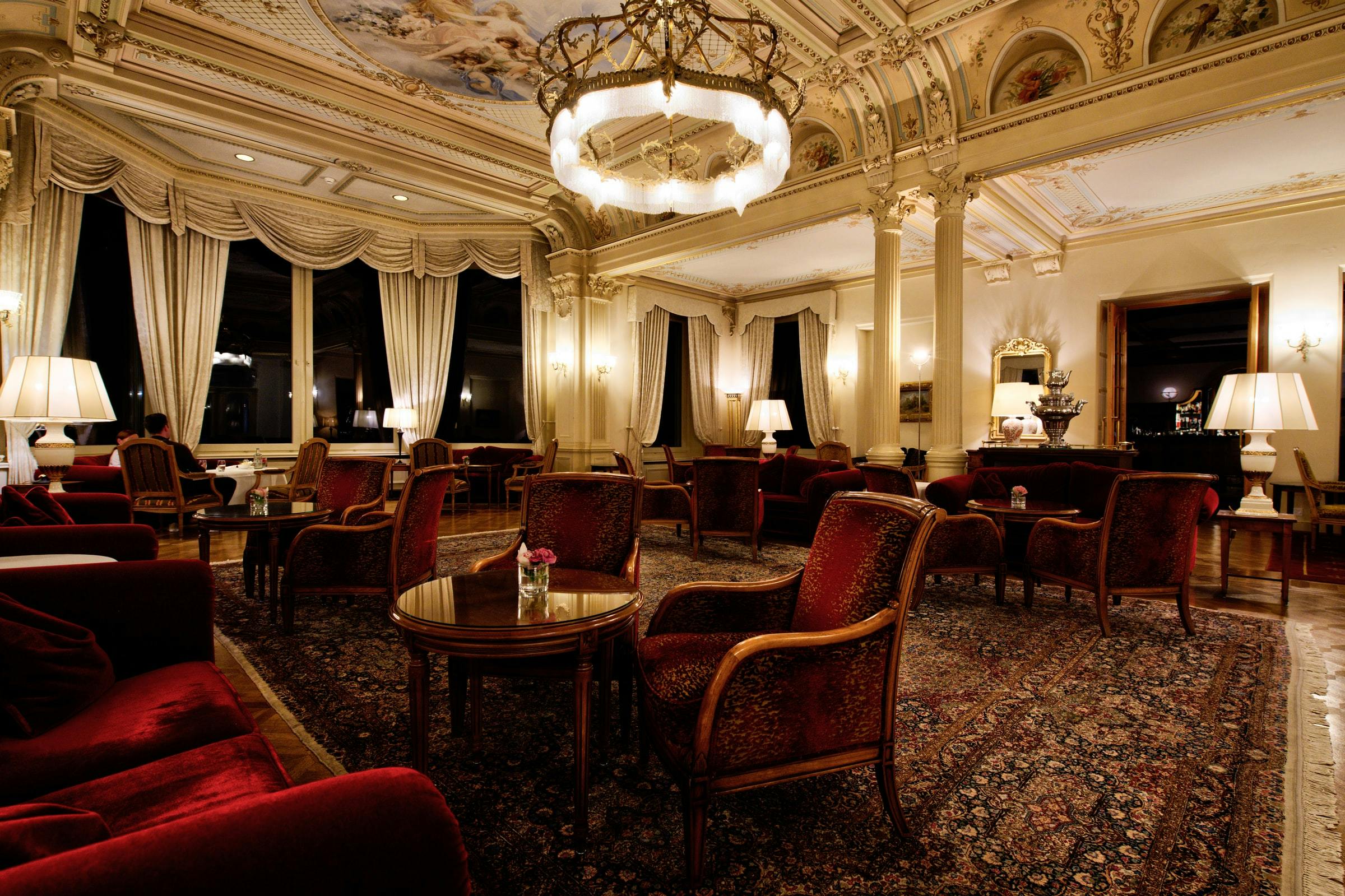The real estate photography industry is further divided into other niches, such as hotel photography.
For one, you may wonder how and why, but it is pretty simple: real estate is not all about houses and lots, condos, or apartments, which are all residential; at times, commercial real estate properties like hospitals and hotels also need the spotlight.
When photographing hotels, there are many factors to consider – angles, gear, lighting, levels, and even the architecture lines.
So, if you plan to venture into hotel photography, here are eight (8) tips from the experts.
A wide-angle lens is a must
Just like interior real estate photography, using a wide-angle lens is highly recommended.
Aside from this, you need to combine it with a full-frame sensor camera, meaning it has an image sensor that is the same size as the sensor of an analog camera. The most significant advantage of this camera is having a no crop factor.
Avoid going too wide
So, even if a wide-angle lens is recommended, it is still best not to go too wide.
Here’s one tip: don’t go any wider than 24mm.
Most hotels prefer that you use only lenses not wider than 24mm because it can create a false sense of space, making the image look deceiving.
Use correct lighting
Again, it is part of the basics.
Lighting is an essential part of getting the best hotel images.
As a photographer, you know that using artificial lighting should be avoided as much as possible.
However, it is different from hotel interior photography. You need artificial lighting if natural lighting is not enough.
Most professional interiors photographers use strobes as their method of artificial lighting. This method uses a trick wherein the artificial lights become unnoticeable by the viewers.
Check the aperture
Use your camera at an aperture of f8 or smaller, which in photography means higher numbers such as f9 or f11.
Combining a small aperture with accurate focusing can result in ultra-sharp images that are must-haves in the hotel industry.
Composition is key
In architectural and interiors photography, your vertical lines must always be straight.
Simultaneously, if you are producing a one-point perspective image, both vertical and horizontal lines must be straight.
Following the simple rule of composition will yield fantastic images that can be used to boost hotel listings.
Go at a low level
Well, this meant going on a low level instead of the usual eye-level photography.
When shooting from a lower position, your eyesight creates a dramatic sight that can make the image more interesting.
Moreover, shooting low will make any furniture or elements in the frame look less distorted.
Use a level
You must use a level for hotel and interiors photography.
If you can pull this off in your shots, your images will look more professional than amateur. Most modern cameras have a built-in level, so there is no excuse for crooked architectural lines in your pictures.
Never forget the tripod
Regardless of the property type, most interior photography requires a longer shutter speed.
Now, you must ensure that the camera will not be shaken or moved to avoid blurry images during this time.
There are still other uses for a tripod aside from this, such as easy panning and taking of panoramic shots.
Are you now ready to shoot your first hotel photography gig?
Make use of these eighth tips and see the wonders yourself.
Above anything else, remember that you may not get everything right in the beginning. However, it should not discourage you.
Instead, keep trying and practice when you have time. Good luck!
